The air hammer (also known as an air chisel or pneumatic hammer) is well known as a tool of mass destruction. It does the job of a big ball peen hammer and a chisel, but it uses compressed air to do the heavy work instead of you—and do it a lot faster. But an air hammer can do more precise work as well. For example, it’s perfect tool for slicing up an old exhaust system, cutting through rivets, or knocking out ball joints.
An air hammer delivers repeated blows from an internal hammering piston to the work surface with some form of chisel. The piston moves back and forth to replicate the movement of a hand held hammer. An internal valve controls the air that drives the piston. You control the hammer by way of a trigger found on the grip.
The length of the air hammer barrel is directly related to the stroke length of the piston. Air hammers with long barrels typically have larger, heavier pistons and more piston acceleration time. This in turn produces more power with fewer blows per minute. On the other hand, short barrel air hammers have a higher blow frequency but offer less power. From a use perspective, a short barrel (or “short stroke”) hammer will likely prove easier to use and obviously is more compact. But remember the bigger the job, the bigger the hammer.
There are a number of different chisel “bits” available for air hammers. The primary difference is the shape. Some look like conventional chisels. Others are tapered or look like hammer heads. Some have grooves machined in them for various tasks such as cutting panels or knocking out spot welds or rivets. There are bits available to set rivets while others can be used for scaling chisel jobs. You can even purchase a ball joint separator.
Most often, the chisel shank will be 0.401-inches or 0.498-inches in diameter, although they range in size from 0.118-inch to 0.498-inch. The chisel shank diameter is determined by the shank opening in the air hammer barrel. A large spring holds the chisel in place. The spring screws onto the threaded barrel and a loop holds the bit in place.
Occasionally, the bit can get offset inside the spring while in operation, and you have to stop working and reset it. In many cases, it’s necessary to remove the spring from the barrel in order to insert a different bit. The alternative is a quick change retainer or “chuck” that replaces the spring. To insert or remove a chisel, simply pull back on the collar located on the retainer.
There are several things you should consider when using an air hammer:
• Wear ear and eye protection. These tools can create a good bit of noise and have 10 times the striking force of a hand-wielded hammer. They also have the potential to churn up a considerable amount of flying debris
• Use the right chisel or bit for the job. The wrong choice can lead to more damage to the material than you might have bargained for
• When starting out, hold the hammer firmly with two hands–one on handle and trigger and one on the barrel. That provides more control with less chance of the hammer getting away from you
• Try not to force the hammer. Let it do the work. Use steady pressure on the work area and use a controlled motion to guide the chisel
• Even a seasoned pro will tell you it’s easy to miscalculate when using an air hammer. Basically, practice make perfect. It allows you to adjust the technique to fit the job
• Never use a hand held hammer on an air chisel bit or use a conventional chisel in an air hammer. Bad things like serious injury from broken pieces of chisel will occur
• If a chisel is dull, don’t use it. Blunt chisels often require more pressure and there’s a chance they can break from failure. They can also create more vibration
• Avoid contact with the chisel during and after use. It will usually be hot and quite sharp
• Ensure the accessory retainer (spring or quick change retainer) is correctly installed
In the end, an air hammer is simple, but powerful tool. Treat it with respect and you’ll soon find it to be a great time saver. We’ll show you some different examples in the accompanying photos.
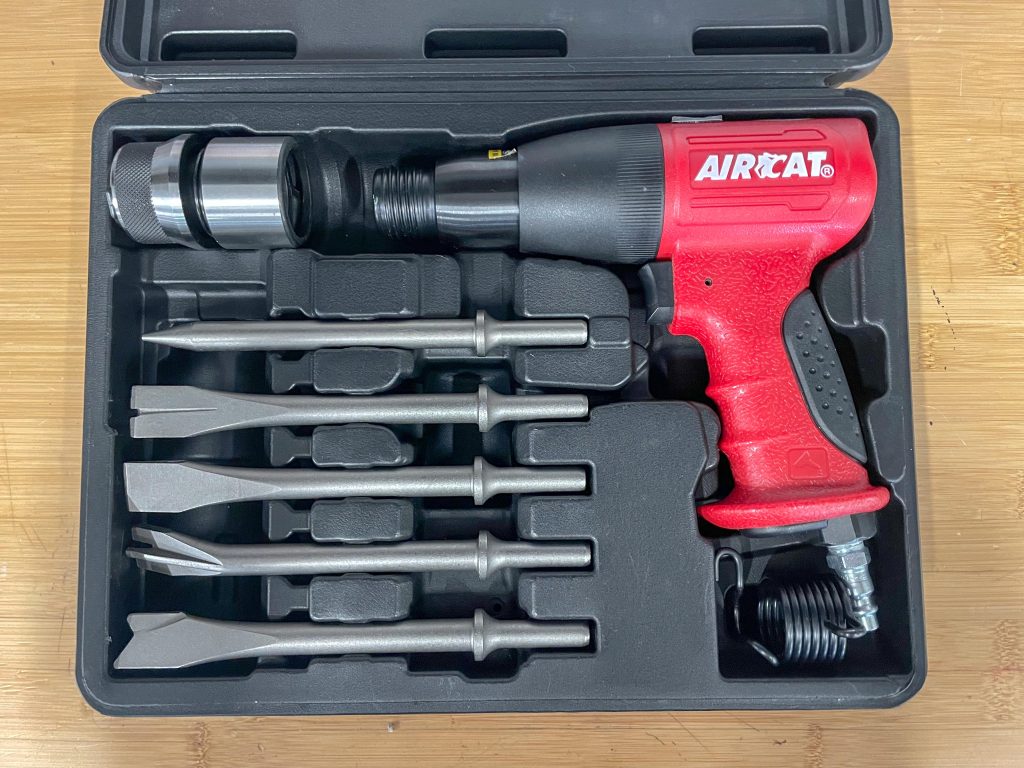
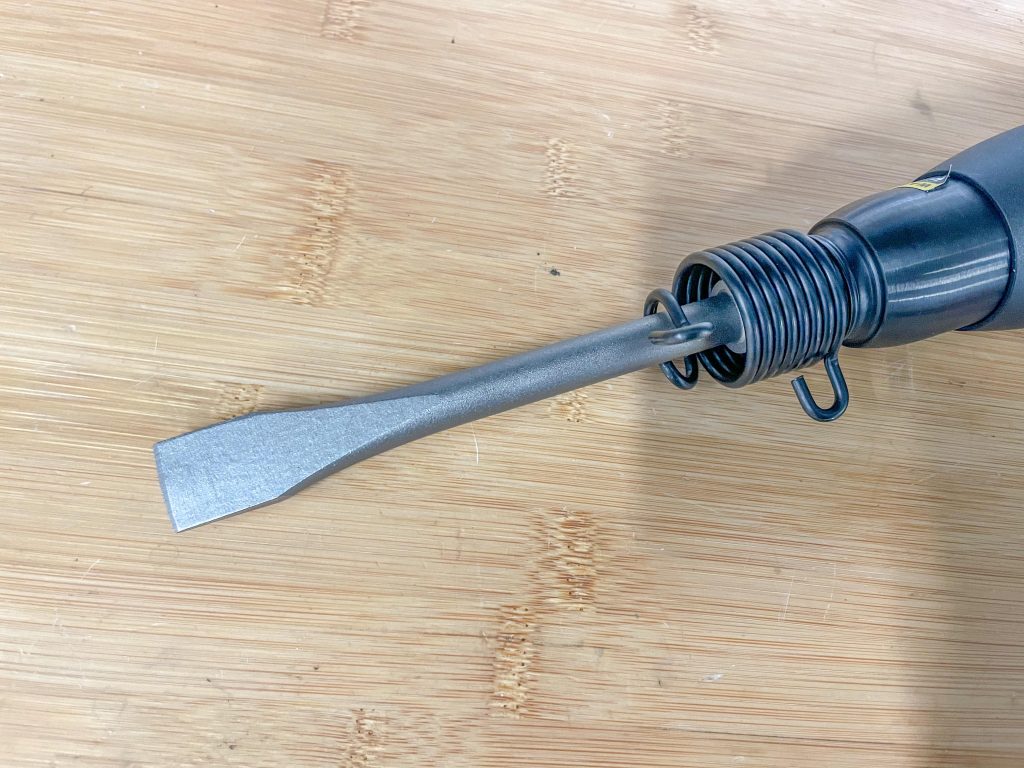
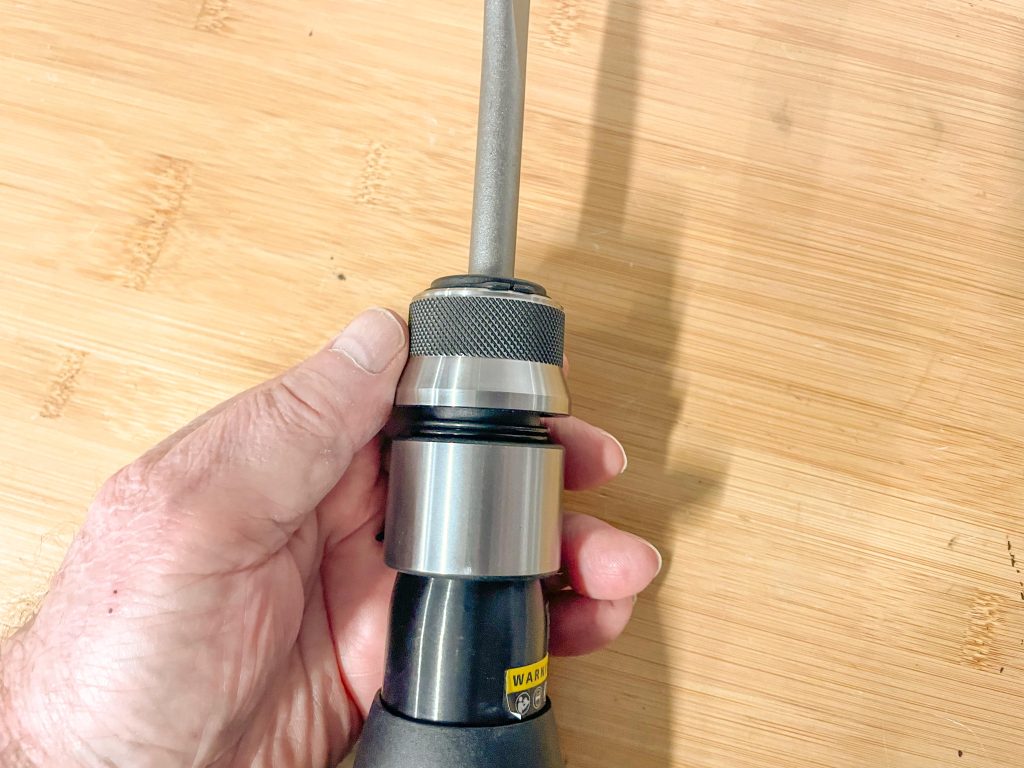
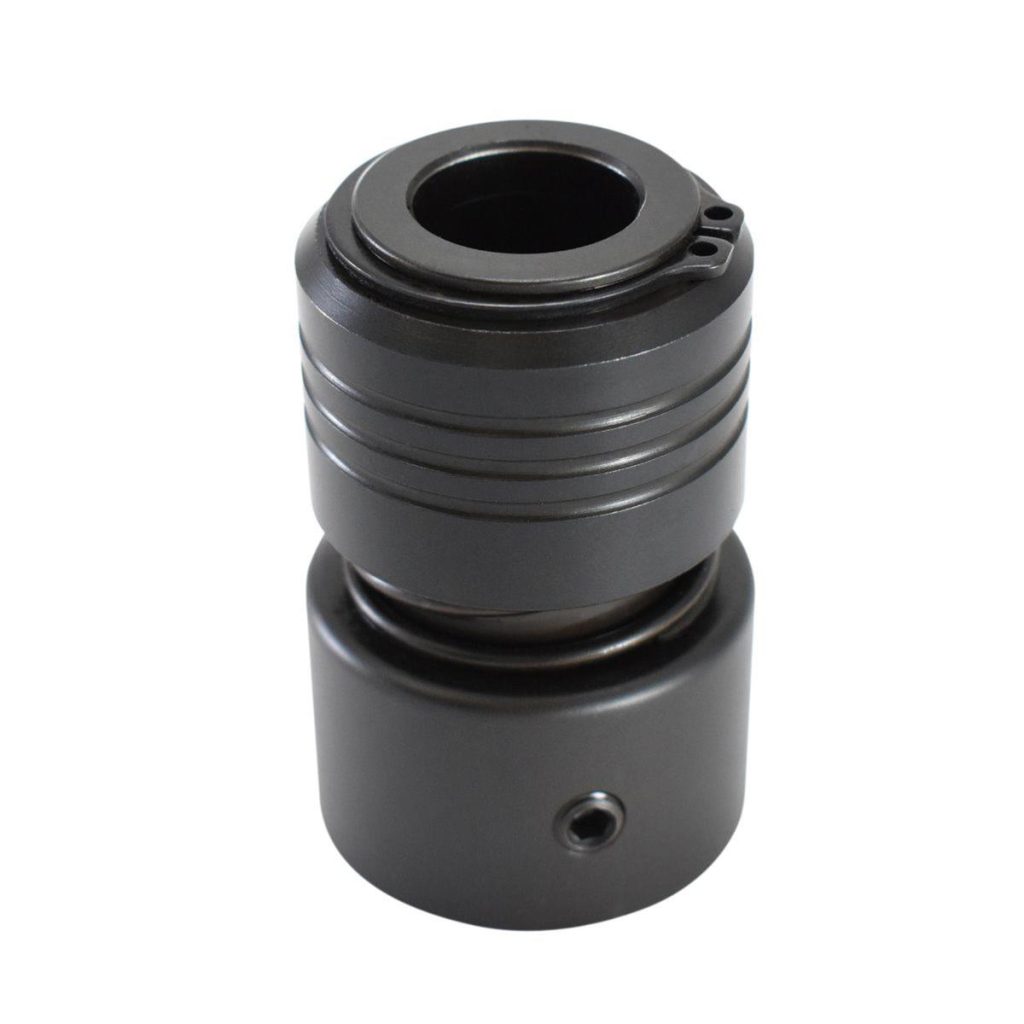
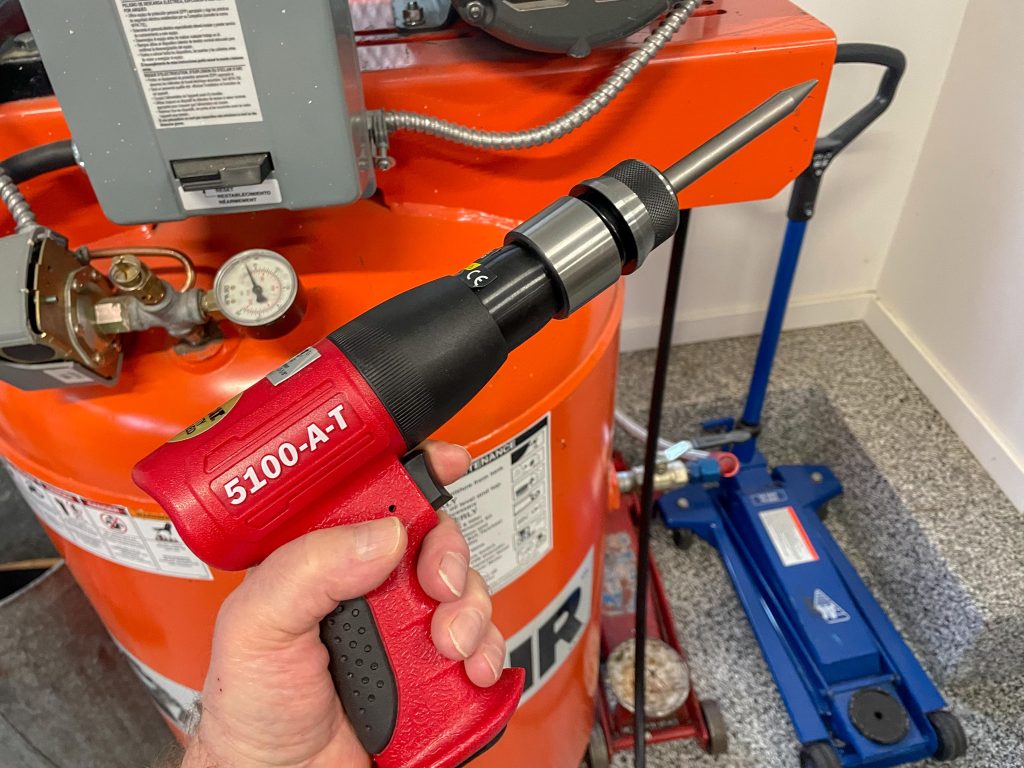
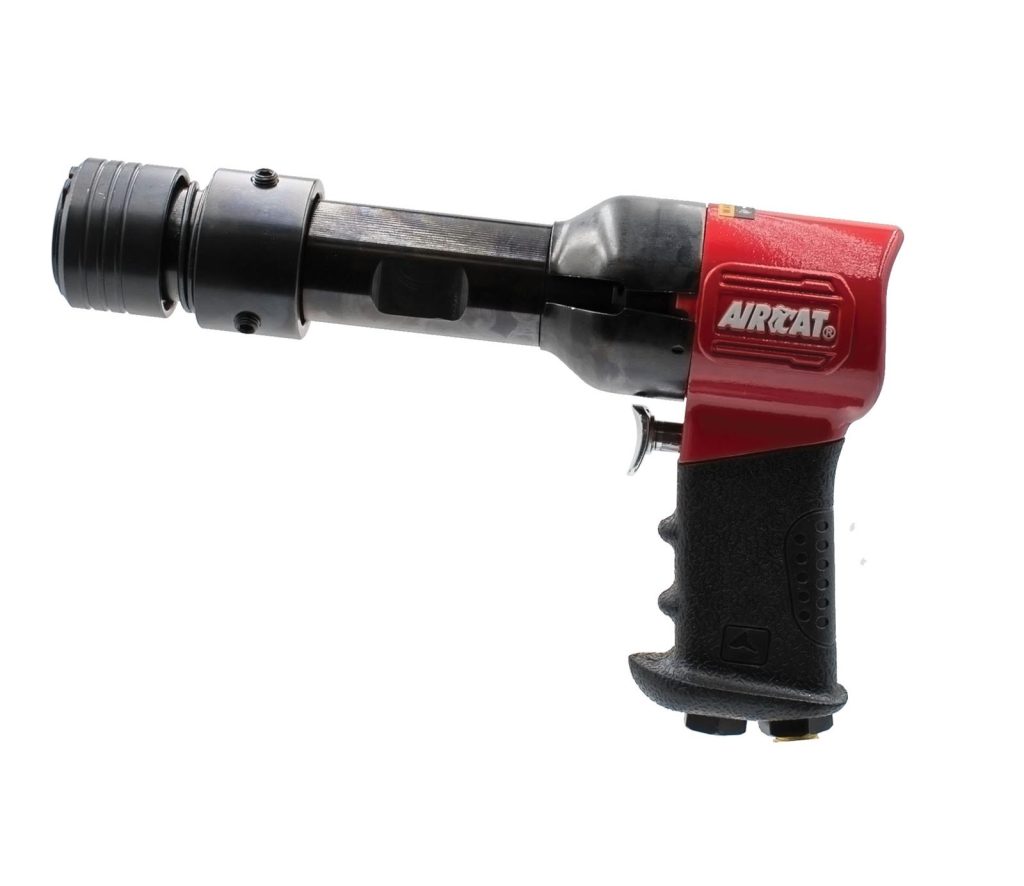
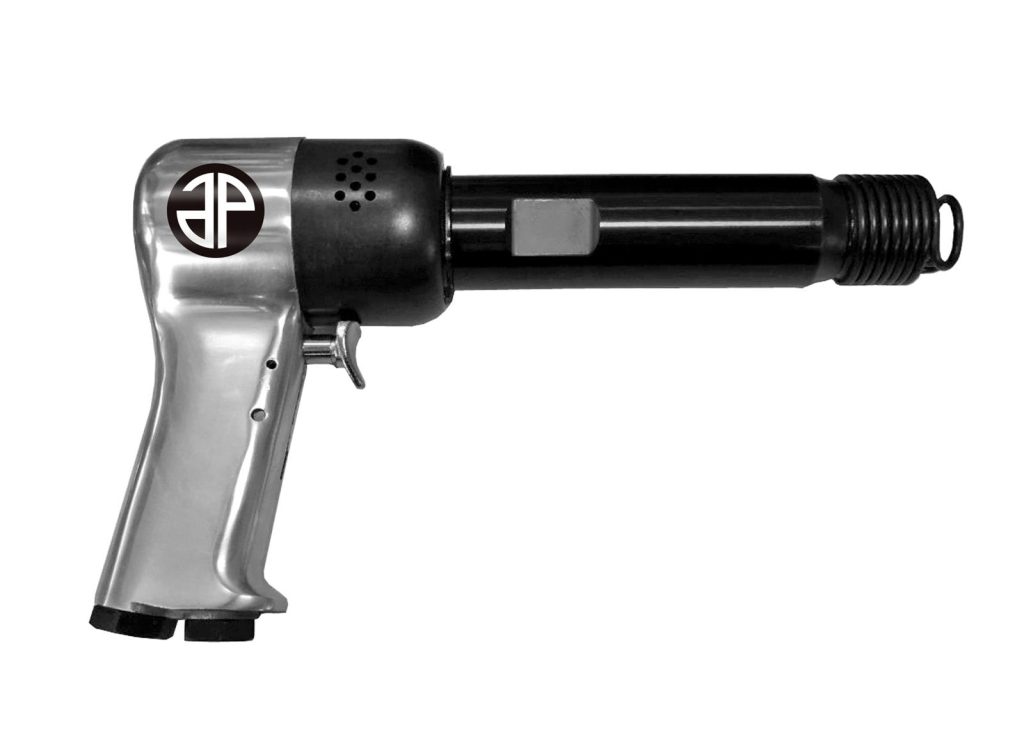
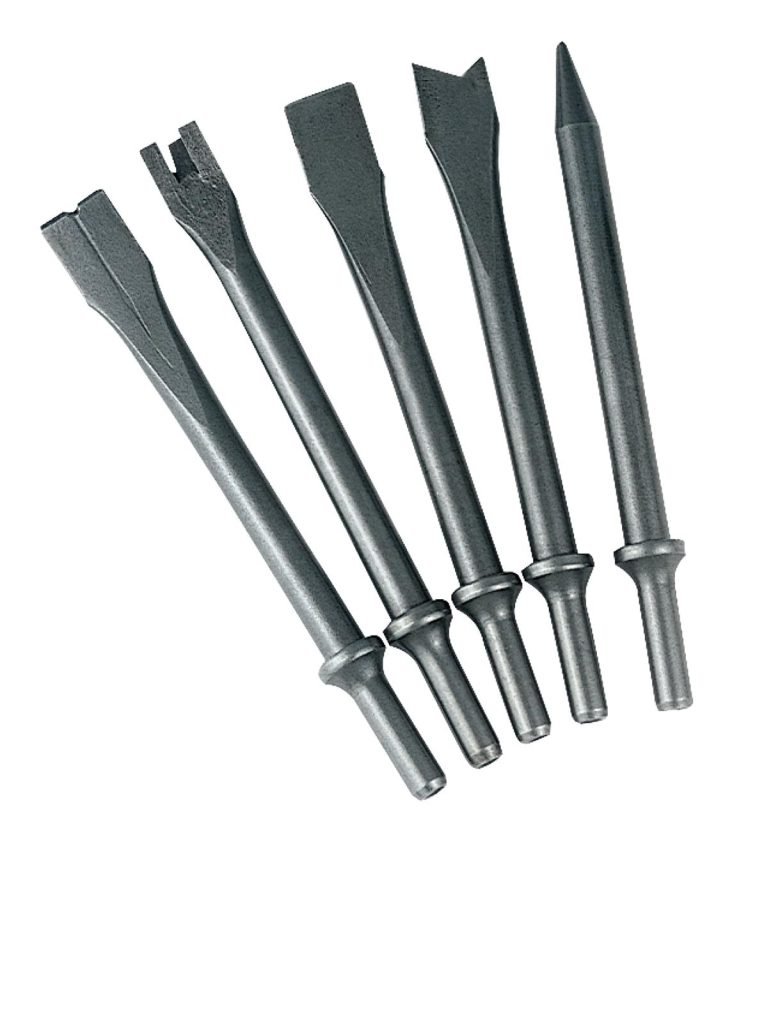
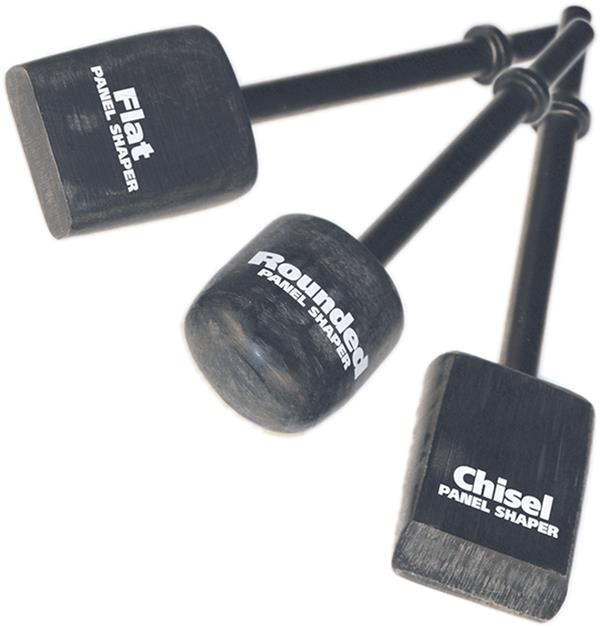
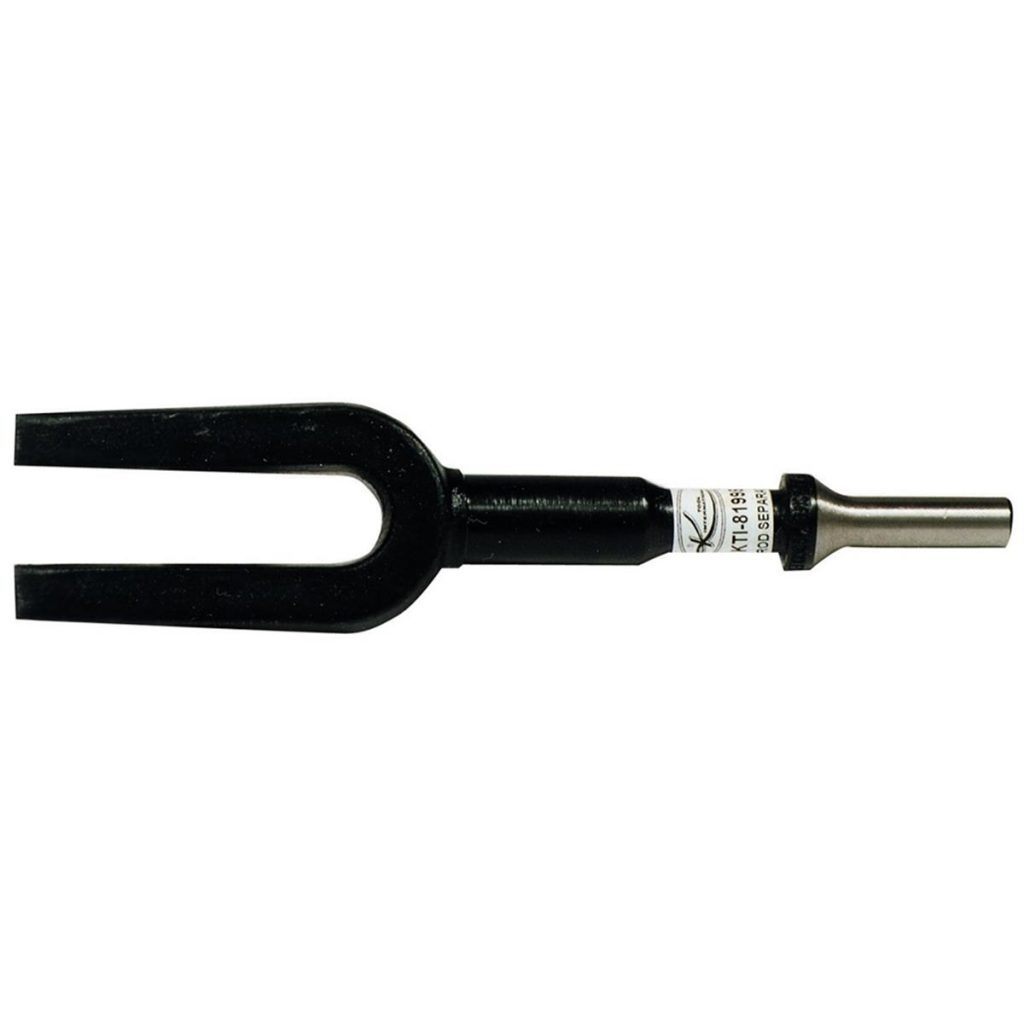

I have a attachment for my air hammer. Shank is square with a 3/8 drive tip. The way you us it put your socket or bit on it turn the shaft with wrench as you work hammer, it will take those Phillips head screws out of door hinges like you wouldn’t believe